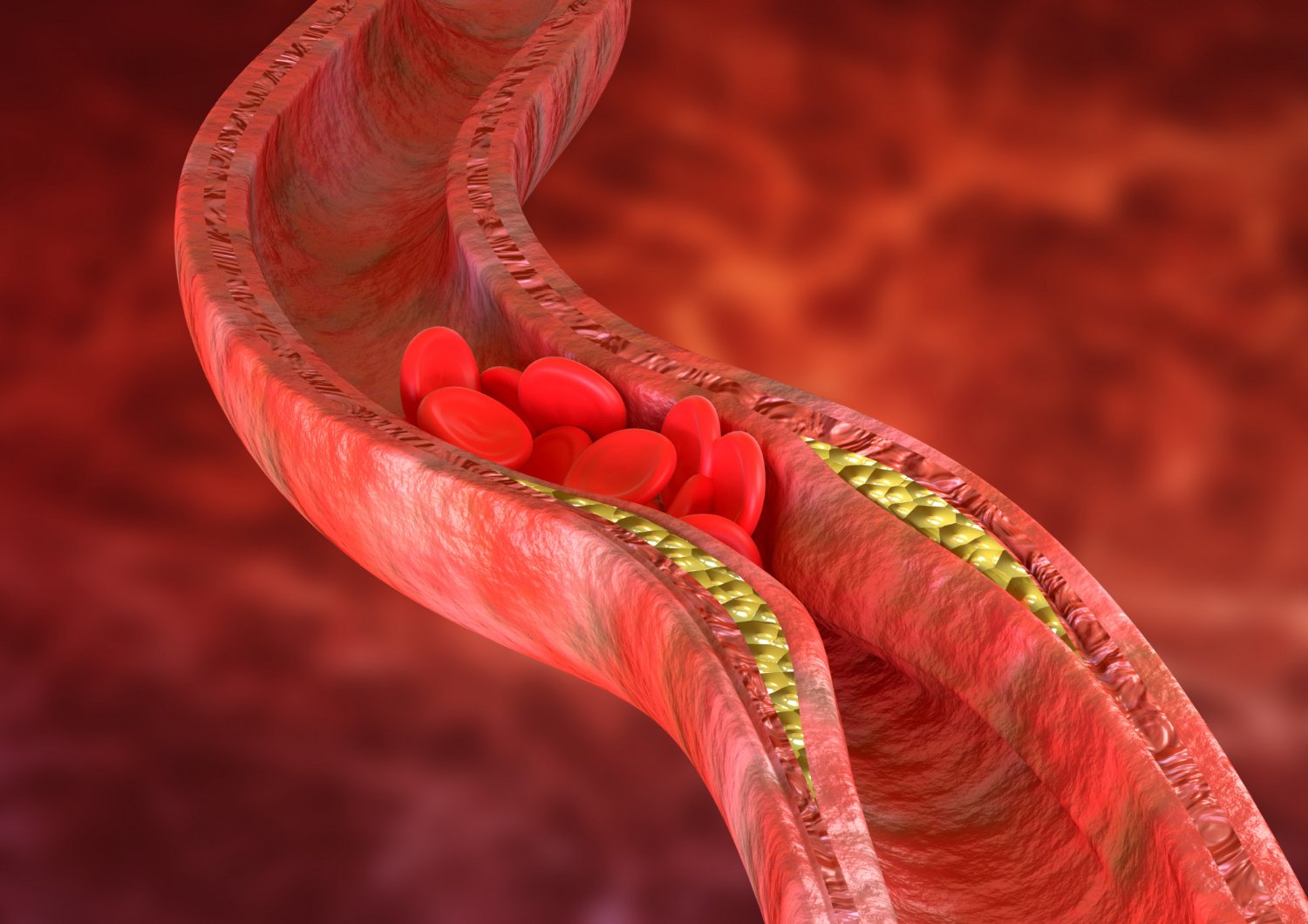
Angioplasty is a medical procedure used to treat narrowed or blocked arteries, typically in the coronary arteries that supply blood to the heart. This procedure is often used to improve blood flow to the heart muscle and to alleviate the symptoms of heart disease. But who exactly needs angioplasty, and what are the common symptoms and conditions that indicate the need for this intervention? In this blog, we will discuss the conditions and symptoms that often lead to angioplasty and highlight the expertise of Dr. Gautam Naik, considered one of the best cardiologists in the field.
Angioplasty, also known as percutaneous coronary intervention (PCI), involves threading a catheter with a balloon on its tip through a blood vessel to the site of a blockage in the coronary artery. The balloon is inflated to compress the plaque and open the artery, sometimes with the addition of a stent (a small mesh tube) to keep the artery open after the procedure.
Angioplasty is generally recommended for individuals with coronary artery disease (CAD) when non-invasive treatments such as lifestyle changes, medication, and other therapies don’t relieve symptoms or prevent progression of the disease. Here are some of the most common conditions and scenarios where angioplasty might be necessary:
The most common condition for which angioplasty is performed is coronary artery disease (CAD), which occurs when the coronary arteries become clogged with plaque (a mix of fat, cholesterol, and other substances). This plaque buildup restricts the flow of oxygen-rich blood to the heart muscle, which can lead to chest pain (angina), heart attack, or heart failure.
People who experience stable angina (predictable chest pain triggered by physical activity or stress) or unstable angina (unexpected, sudden chest pain that occurs at rest) may benefit from angioplasty. In cases where angina cannot be controlled with medications, angioplasty can restore blood flow and alleviate symptoms.
During a heart attack, one or more coronary arteries become completely blocked, preventing blood from reaching the heart muscle. Angioplasty is often performed as an emergency procedure to open the blocked artery and restore blood flow to the heart muscle. This is essential to minimize heart damage and improve the chances of survival.
In some cases, individuals may have severe narrowing (stenosis) of the coronary arteries due to the accumulation of plaque. This can cause limited blood flow, and if the narrowing is severe enough to threaten heart health, angioplasty can help restore proper circulation.
Patients with diabetes, especially those who also have high blood pressure, high cholesterol, or a family history of heart disease, are at higher risk of developing blockages in the coronary arteries. Angioplasty may be necessary when lifestyle changes and medication alone are insufficient to manage the condition.
Sometimes, coronary artery bypass surgery (CABG) or earlier stent placement procedures do not achieve long-term results, and blockages can reoccur. Angioplasty may be performed in such cases to open the arteries once again and improve blood flow to the heart.
The decision to perform angioplasty is often based on the presence of the following symptoms:
Dr. Gautam Naik is renowned as one of the best cardiologists, known for his exceptional expertise in diagnosing and treating heart-related conditions. He specializes in various cardiac procedures, including angioplasty, and has a reputation for providing compassionate, personalized care to his patients. His ability to accurately assess heart disease and recommend the best course of action has made him a trusted name in the field of cardiology.
Dr. Naik has been at the forefront of treating coronary artery disease and performing angioplasty in both stable and acute settings. His experience with the latest advancements in interventional cardiology ensures that patients receive the most effective and up-to-date treatment options available. His commitment to providing high-quality care makes him a top choice for anyone seeking treatment for heart-related conditions.
Angioplasty is a life-saving procedure for many individuals suffering from coronary artery disease and related conditions. Recognizing the symptoms and seeking timely medical attention can make a significant difference in preventing serious heart events. If you experience any of the symptoms mentioned in this blog or have a history of heart disease, consulting an expert like Dr. Gautam Naik is crucial for getting the right treatment and achieving optimal heart health.
Remember, early intervention is key to preventing heart disease from progressing, and with Dr. Naik’s expertise, you can be confident in receiving the best care possible.






